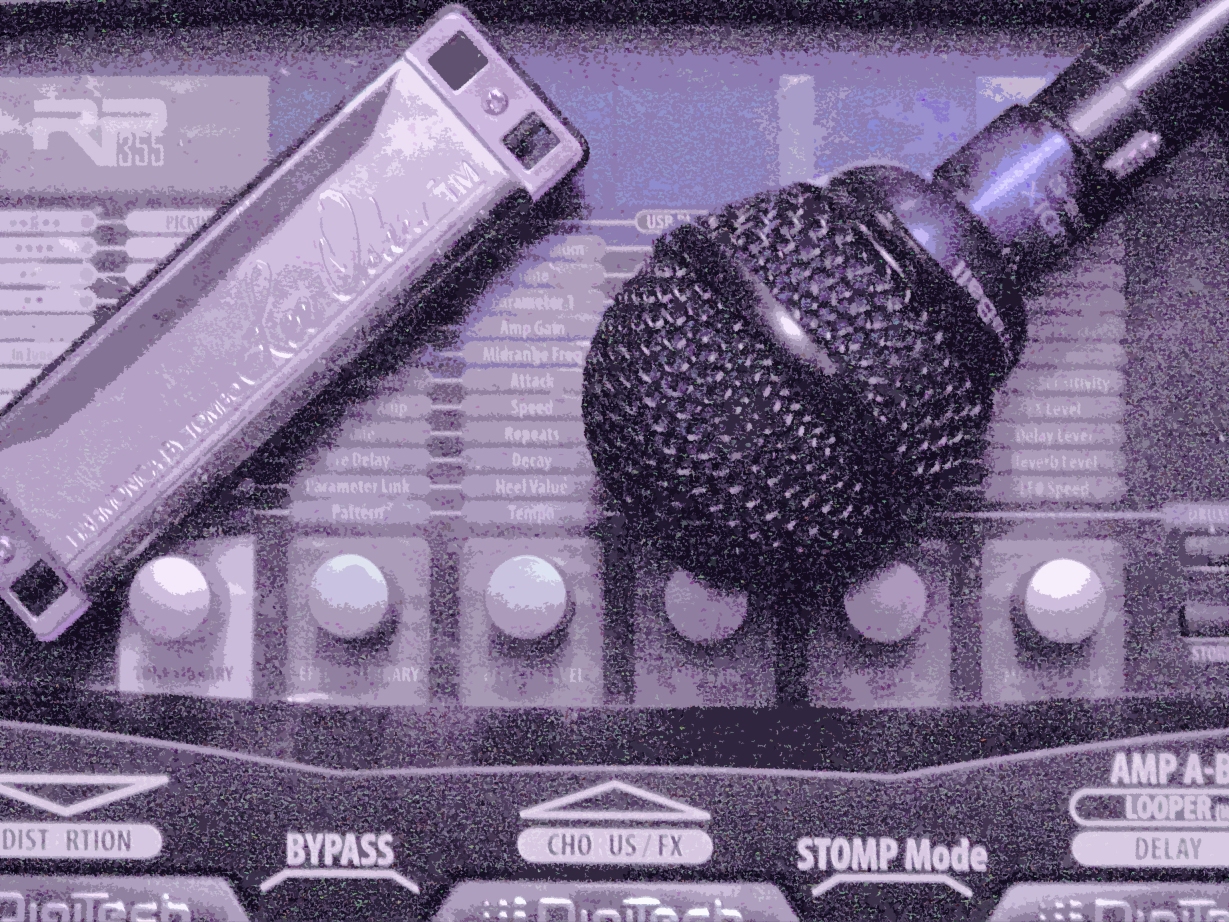
Video of the Day 28 Aug 2011: Magic Dick/Whammer Jammer Live 8 Feb 2008
The classic harmonica boogie blues played to perfection by the originator. Every harmonica player has listened to this piece, and most have attempted to play at least some of it. The only version I know of that competes with this one is a jaw-dropping 18 minute live performance by Jason Ricci. And Jason wouldn’t have played it if Dick hadn’t.
“Whammer Jammer” is Dick’s best-known piece, but it’s not the only one that’s well worth listening to more than once. Magic Dick did a lot to raise the game for harmonica players. His conception in 1970 included putting the harmonica into the rhythm section, a place it hadn’t previously been, where it could drive the band’s groove in new ways. He also upped the ante considerably where execution was concerned–in terms of both rhythmic and tonal precision, he set a new standard. His amped tone was deadly and very personal. Both harp players and the general audience recognized that Dick was onto something new and different.
Of all the work Magic Dick did with the J. Geil Band, I was personally most influenced by the very first record on Atlantic in 1970. I had been playing for about three years when that record was released, and I had listened for hundreds of hours to Butterfield, Howlin’ Wolf, and Musselwhite, who of course were mainly exponents of blues, not rock. Dick’s playing on that first record was something new, a basic, precise, powerful vocabulary that worked on all kinds of rock. I studied it very carefully–I learned all the rhythm parts and many of the solos on that record. Dick’s solo on “Cruisin’ for a Love” was the first 1st position solo I ever learned, and still in my opinion one of the best. I learned how to bend high notes on that piece and “Serve You Right to Suffer.” I learned how to rock the rhythm section and make a harp solo like a giant saxophone on “First I Look at the Purse.” It was all laid out so clearly.
Thanks, MD.
Related Posts
Leave a Reply
You must be logged in to post a comment.
WHAT’S NEW
Categories
- Audio/Video
- Blog
- Blue Future
- Digitech RP Tricks and Tips
- Discography, CDs, Projects, Info, Notes
- Featured Video
- For the Beginner
- Gallery
- Hunter's Effects
- Hunter's Music
- Huntersounds for Fender Mustang
- Meet the Pros
- More Video
- MPH: Maw/Preston/Hunter
- My Three Big Contributions
- Player's Resources
- Pro Tips & Techniques
- Recommended Artists & Recordings
- Recommended Gear
- Recorded Performances
- Reviews, Interviews, Testimonials
- The Lucky One
- Uncategorized
- Upcoming Performances
- Zoom G3 Tips and Tricks
